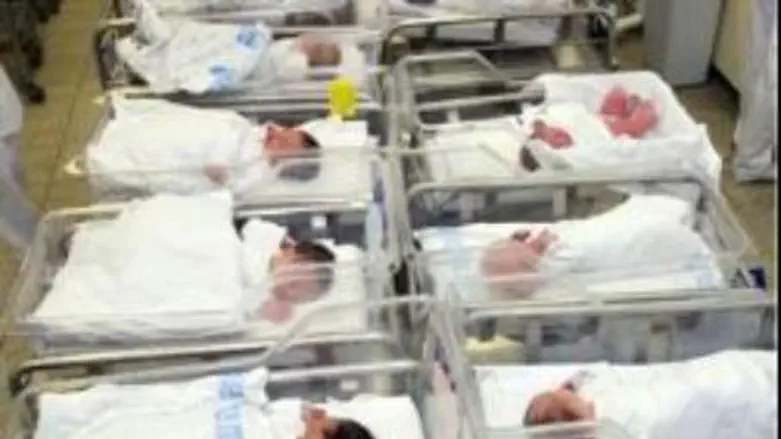
The Jewish birthrate in Jerusalem is higher than the Arab birthrate, putting an end to reports of an Arab demographic threat in the united capital.
The birthrate in the expected life of mothers is 4.2 children for Jewish mothers compared with 3.9 children for Arab mothers, according to the Jerusalem Institute for Israel Studies (JIIS).
Reflecting the trend in the rest of Israel, the birthrate for Jews represents a dramatic reversal and is on the increase while the Arab birthrate is declining.
In 1999, the birthrate was only 3.8 for Jewish mothers and 4.4 for Arabs, the JIIS reported.
Jews are a solid majority in the city, where the Arab population is only 36 percent, almost all of them in the areas that were restored to the capital 45 years ago in the Six-Day War in 1967.
The total population of Jerusalem as of last year is 801,000.
The largest Jewish neighborhoods are Ramot and Pisgat Ze’ev, each one with slightly more than 40,000 people, followed by Gilo with 29,600. All three neighborhoods are located in areas restored to Israel n 1967 and which are claimed by the Palestinian Authority.
Har Homa is the youngest non-hareidi religious neighborhood with a median age of only 22 years, while Kiryat Wolfson’s median age is 66.
In hareidi religious neighborhoods, the youngest median age is 16 in Ramat Shlomo and in the Kiryat Kaminetz neighborhood of Neve Yaakov, both areas also restored to the capital in 1967.
The youngest Arab neighborhoods are Shuafat, where the median age is 16, and Sheikh Jarreh, with a mean age of 17.
The city lost 7,500 residents last year, with 10,500 people moving to Jerusalem and 18,000 leaving. The largest movements were to and from Tel Aviv.